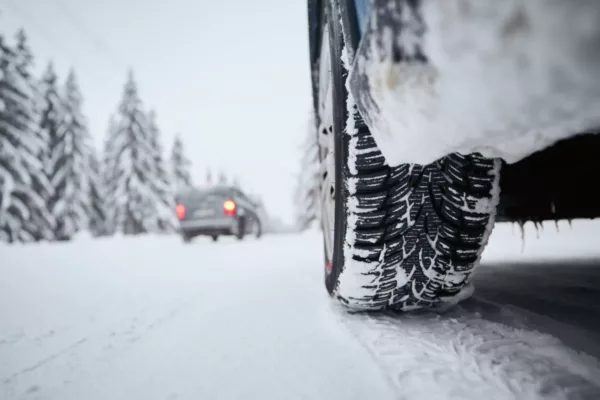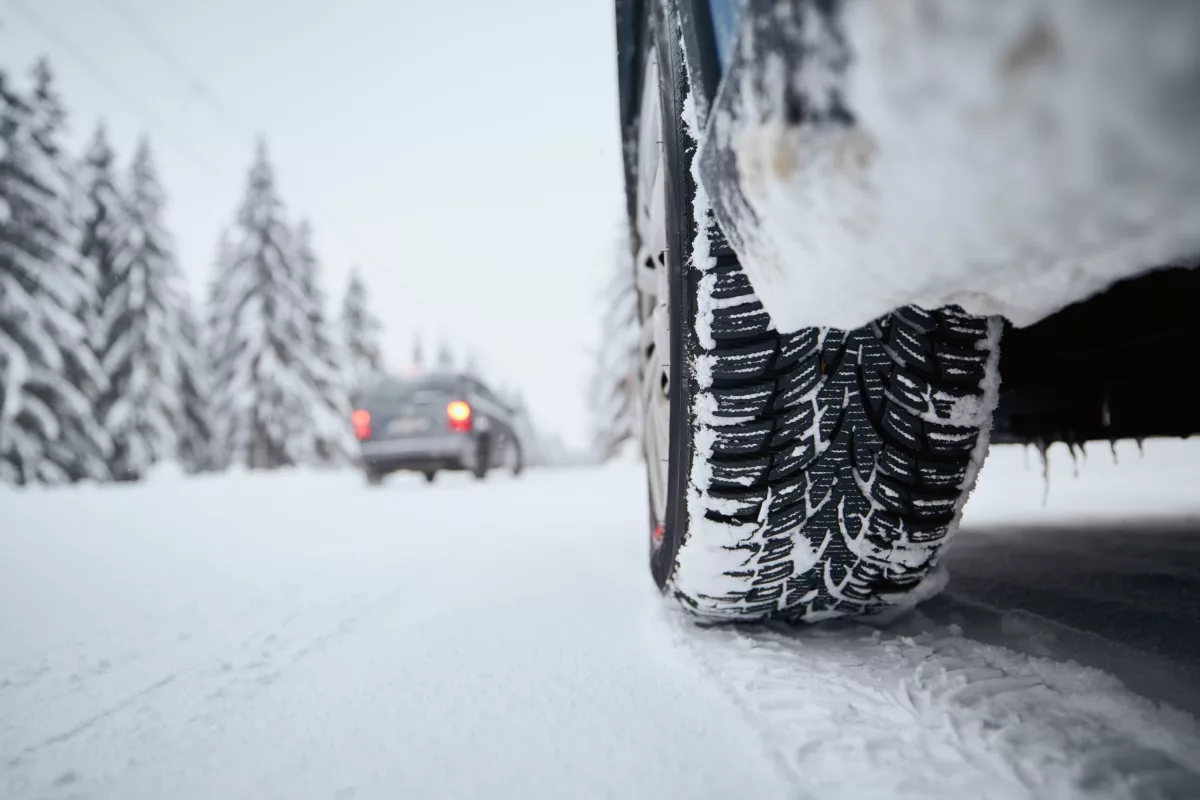Most people determine the right time to swap summer tires for winter tires based on the rule of thumb “from O to O”, which means something like “ from Easter to October” . In principle, you are often right, but when winter road conditions occur earlier than expected, you are unprepared.
When should you start putting on winter tires and what is required by law
When do I have to change my winter tires? It makes most sense to either follow the rule of thumb or pay attention to the temperatures , as there is no general winter tire requirement with a fixed period. If the temperature consistently falls below seven degrees Celsius during the day , then it’s time to put on your winter tires. As soon as the temperatures drop accordingly, you can be sure that the situational winter tire requirement applies.
If you’re hoping that you won’t have to change tires if you constantly drive with winter tires, you’re wrong. Because summer and winter tires differ in their properties, winter tires in summer ensure high fuel consumption, and the tires also have a negative effect on the driving behavior of the car.
When do winter tires become compulsory in Germany?
Even tire manufacturers recommend the well-known regulation and advise users to use their winter tires from October to Easter ; in the remaining months you should therefore drive with summer tires. But when do you have to change winter tires? There is no clearly defined, prescribed period for drivers in the road traffic regulations.

In general , driving with summer tires is prohibited in winter road conditions; in this case, winter tires are required. Anyone caught with summer tires on ice or frost, black ice and slush will face a fine. As a rule, a fine of 60 euros is imposed, and the driver also receives one point in Flensburg. Anyone who also hinders other road users can expect to pay a fine of around 80 euros.
The driver of the motor vehicle is responsible for the correct tires on the car and must equip the car accordingly in order to meet the requirements (requirements of Section 36 Paragraph 4 of the Road Traffic Licensing Regulations). This means that the winter tire requirement does not apply generally in Germany; it is a situational winter tire requirement that is assessed depending on the current weather situation.
What you should pay attention to when it comes to tires in winter
If you don’t like using winter tires because changing them is too complicated, you can use all-season tires. But this comfort only comes with a few disadvantages, because all-season tires don’t offer as good traction on snow, so after the first onset of winter it makes sense to drive with winter tires. In summer temperatures, these tires increase the car’s fuel consumption because the softer rubber compound wears faster and has higher abrasion. In order to be safe on the road with winter tires, there are a few things you need to keep in mind as a driver:
Recognize winter tires
Not all tires are the same, so there are two symbols that clearly identify winter tires. On the one hand, the M+S label , which stands for mud and snow. Since January 2018, winter tires produced must also be marked with a snowflake , the so-called Alpine symbol . The transition period for older tires applies until September 2024.
Why you should use winter tires
But do winter tires absolutely have to be installed? Winter tires are specifically designed for winter conditions . The rubber compound used remains flexible even on cold days, and the tire also has special attack edges that allow it to hold better in mud and snow, which gives more grip.
Drivers need winter tires because they offer more safety, shorten braking distances and ensure intensive contact with the ground. Anyone who continues to drive with summer tires in winter is acting negligently and can be punished accordingly.

Anyone who has an accident with summer tires in winter, even if it is an accident through no fault of their own , must expect joint liability. The police and car insurance companies classify this as gross negligence , and the driver’s car insurance premium also increases.
If there is also heavy snow on top of the slippery snow, then the special tires reach their limits. In this case, you must at least support your winter tires with snow chains; these are even required in some areas.
Find the right winter tires
The minimum tread depth also plays an important role in choosing the right winter tires . Only 1.6 mm is required, but experts recommend at least three to four millimeters. But that’s not all you need to know to buy the right winter tires, because the selection is large and without precise information it is difficult to determine the right model.
Detailed information about this can be found in the car’s documents, more precisely in the vehicle registration document or in the registration certificate . You can ask the dealer about the approved sizes.
Tips for the cold season
Even if it is not specified exactly when a general obligation applies, you should not drive with summer tires for too long. At the end of the year it can quickly happen that the first signs of the coming cold season appear. The temperatures quickly drop below seven degrees and surprisingly snow falls at night. Therefore, vehicle owners should be well prepared and make an appointment in advance.



